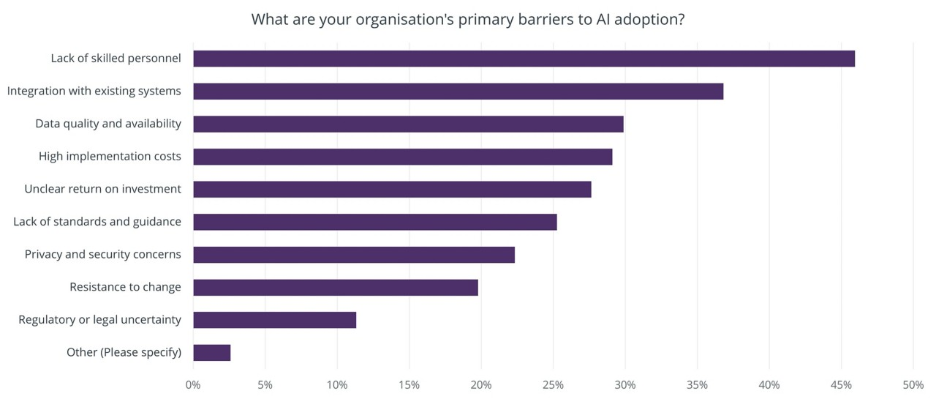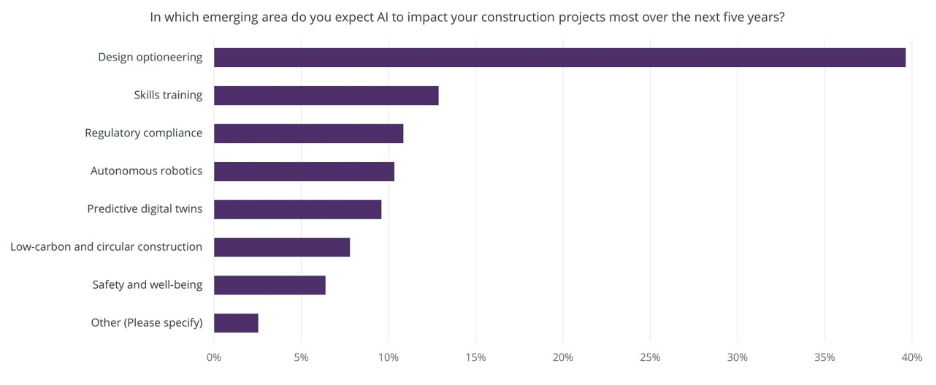The construction industry is standing at the edge of a transformation one that could redefine how we design, build, and manage the built environment. The RICS Global Construction Monitor Q1 2025 survey, backed by more than 2,200 professionals worldwide, gives us a rare look at where the industry really stands on AI adoption.
The numbers tell a fascinating story: ambition is rising, but reality is still catching up.


.png)







